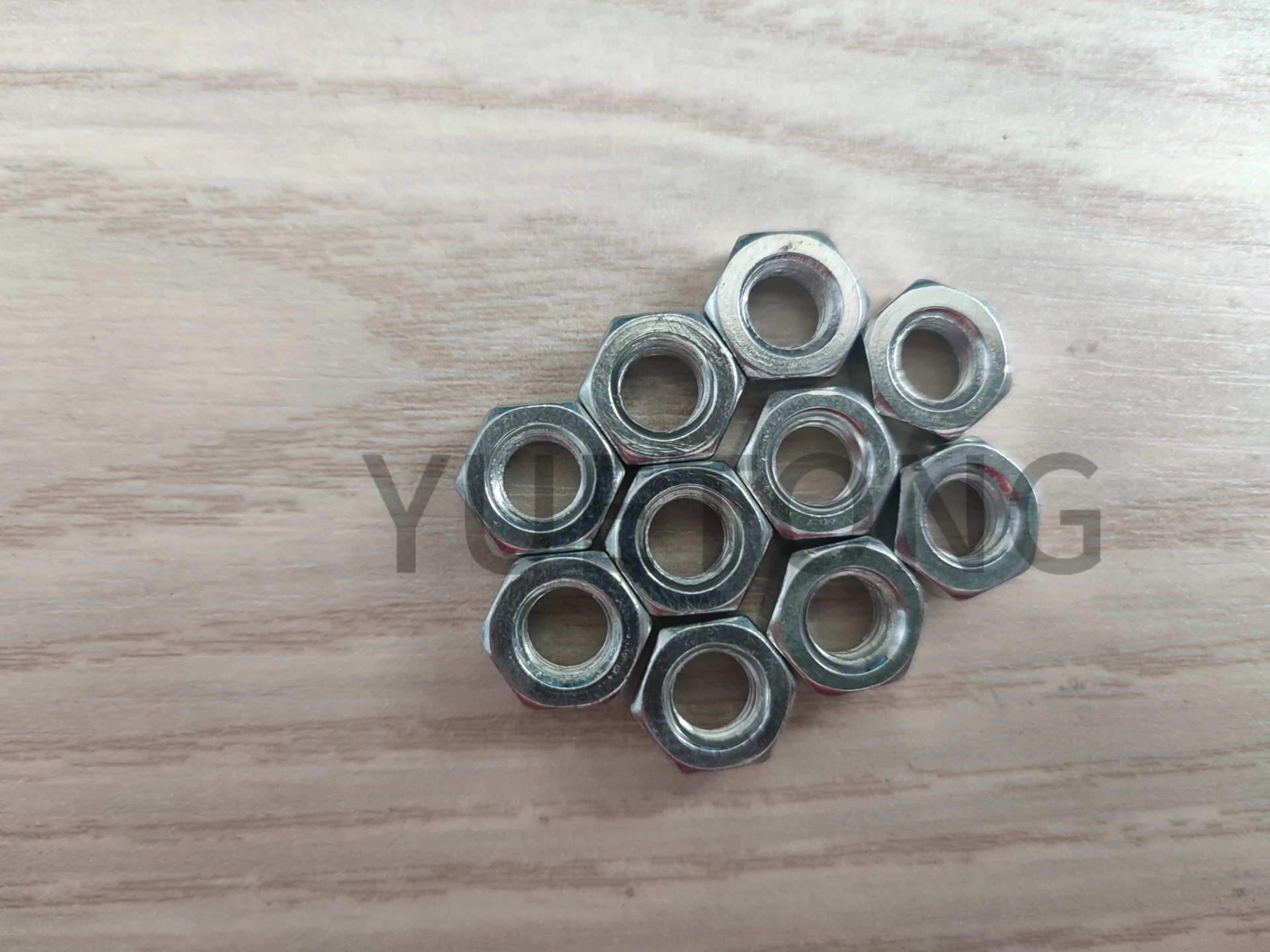Dec . 23, 2024 19:01 Back to list
clamp material
Understanding Clamp Material A Comprehensive Overview
When it comes to engineering and manufacturing, the material used for clamps is not merely an afterthought. Clamps play a critical role in holding objects securely in place, making them indispensable in various industries, from construction to woodworking and even in delicate applications such as electronics. The choice of material for clamps significantly affects their performance, durability, and suitability for specific tasks. This article explores the different clamp materials, their properties, and the considerations one must keep in mind when selecting the right clamp material for specific applications.
Common Clamp Materials
1. Steel Steel is one of the most commonly used materials for clamps due to its high strength and durability. Steel clamps are capable of withstanding substantial force, making them ideal for heavy-duty applications. They are often galvanized or coated to resist corrosion, which is crucial in environments exposed to moisture. The downside of steel clamps is their weight, which may not be suitable for all applications. Additionally, if protective coatings wear off, the steel can rust over time.
2. Aluminum Aluminum clamps are known for their lightweight properties and resistance to corrosion. This makes them an appealing choice for portable and lightweight projects. They have decent strength but do not perform as well as steel under heavy loads. Aluminum clamps often find their applications in automotive and aerospace industries, where reducing weight is critical. The downside is that aluminum can be more expensive than its steel counterparts, which might be a consideration for budget-conscious projects.
3. Plastic Plastic clamps are used for light-duty applications. They are lightweight, non-corrosive, and often more affordable than their metal counterparts. Plastic clamps, typically made from nylon or other synthetic materials, are excellent for holding delicate materials without causing damage. They can also be colored and molded into various shapes, making them versatile in design. However, their overall strength and lifespan are limited when compared to metal clamps, which can be a disadvantage in demanding environments.
4. Composite Materials Composite clamps combine various materials to leverage the strengths of each. For instance, a composite clamp may utilize a steel core for strength with an outer layer of plastic for protection and lightweight properties. These clamps are designed to perform well in a variety of applications, balancing weight, strength, and corrosion resistance. They are often used in advanced industrial applications where performance is critical, and the conditions may be harsh.
Key Considerations
clamp material

When choosing clamp material, several factors should be assessed
- Load Capacity Determine the maximum load the clamp needs to handle. Steel is preferred for heavy loads, while plastic is suitable for lighter tasks.
- Environmental Conditions Consider where the clamp will be used. For wet or corrosive environments (like marine settings), stainless steel or coated clamps might be the best choice.
- Weight Requirements If mobility is a factor, lightweight materials like aluminum or plastic would be advantageous.
- Cost Balance performance with budget constraints. While steel is durable, its cost might escalate when corrosion-resistant coatings are needed.
- Compatibility Ensure that the clamp material is compatible with the materials it will be working with. For example, using steel clamps on soft wood could lead to indentations.
Conclusion
In conclusion, the statement that the choice of clamp material is critical in manufacturing and construction cannot be overstated. Each material—steel, aluminum, plastic, and composites—offers unique benefits and drawbacks, influencing the overall effectiveness of the clamp in its application. By closely evaluating the specific needs based on load capacity, environmental conditions, weight, cost, and material compatibility, engineers and manufacturers can select the most suitable clamp material, ultimately leading to safer and more efficient project outcomes. Whether you are working on a DIY project at home or designing components for commercial use, understanding the merits and limitations of clamp materials will ensure optimal performance and longevity of your clamps.


